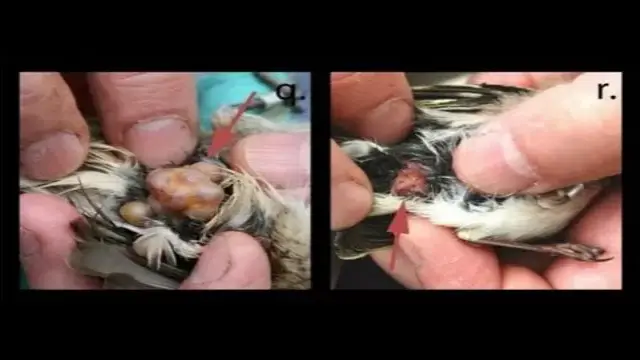The Resilience of Nature
The Chernobyl disaster in 1986 left a lasting mark on the environment. Yet, nature has a remarkable ability to adapt. Birds living near Chernobyl are showing surprising resilience to radiation. Recent studies reveal how these birds are coping with their unique environment. Let’s explore how they are adapting and thriving despite the challenges.
1. Antioxidants: Nature’s Defense Mechanism
Birds in areas with higher radiation levels have developed higher levels of antioxidants. These powerful molecules help neutralize harmful substances created by radiation. Antioxidants play a crucial role in protecting cells from damage. This adaptation allows birds to maintain their health even in a challenging environment.
2. Improved Body Condition
Interestingly, birds living in radiation-affected areas show better body condition. This means they are healthier and more robust than their counterparts in less contaminated regions. Researchers believe that the stress of living in a radioactive environment has led these birds to adapt positively. They are finding ways to thrive despite the odds.
3. Reduced DNA Damage
One of the most concerning effects of radiation is DNA damage. However, studies indicate that birds near Chernobyl have decreased DNA damage. This finding is significant because it suggests that these birds have developed mechanisms to repair or prevent damage to their genetic material. This adaptation is crucial for their survival and reproduction.
4. Lower Oxidative Stress
Oxidative stress occurs when there is an imbalance between free radicals and antioxidants in the body. Birds in high-radiation areas have shown decreased oxidative stress levels. This means they are better at managing the harmful effects of radiation. By reducing oxidative stress, these birds can maintain their health and well-being.
5. Pheomelanin Production: A Double-Edged Sword
Pheomelanin is a pigment found in feathers. Birds that produce more pheomelanin may struggle more with radiation exposure. This pigment can be beneficial for coloration but may also make birds more vulnerable to the effects of radiation. Understanding this balance is essential for researchers studying how birds adapt to their environment.
6. Survival Rates: Chernobyl vs. Fukushima
Surprisingly, birds near Chernobyl have better survival rates compared to those near the Fukushima reactor in Japan. Researchers believe that the birds in Chernobyl have had more time to adapt to radiation exposure. This longer exposure may have allowed them to develop better coping mechanisms. In contrast, the Fukushima disaster occurred more recently, giving birds there less time to adapt.
7. Other Adaptations in Chernobyl’s Wildlife
Birds are not the only animals adapting to radiation in the Chernobyl area. Other species have also shown remarkable changes:
- Tree Frogs: Some tree frogs in the region have turned black instead of their usual green. This change may help them absorb more heat or camouflage better in their environment.
- Feral Dogs: Feral dogs in Chernobyl exhibit genetic differences from nearby populations. These changes may help them survive in a challenging environment.
- Wolves: Wolves in the area have developed resistance to the cancer-inducing effects of radiation. This adaptation is crucial for their survival as top predators.
8. Groundbreaking Research Findings
A study published in Nature provides the first evidence of wild animals adapting to ionizing radiation. This research highlights the resilience of wildlife in the face of environmental challenges. It opens new avenues for understanding how species can adapt to extreme conditions.
Conclusion: Nature’s Incredible Resilience
The birds near Chernobyl are a testament to nature’s incredible ability to adapt. Through increased antioxidants, improved body condition, and reduced DNA damage, these birds are thriving in a challenging environment. Their survival rates, compared to those near Fukushima, further illustrate their resilience.
As we continue to study these adaptations, we gain valuable insights into the effects of radiation on wildlife. The findings not only shed light on the birds of Chernobyl but also inspire hope for the resilience of nature in the face of adversity.
Final Thoughts: What Can We Learn?
The story of birds near Chernobyl teaches us about the power of adaptation. It reminds us that even in the most challenging environments, life finds a way. What do you think about these remarkable adaptations? Share your thoughts and insights on this fascinating topic!

